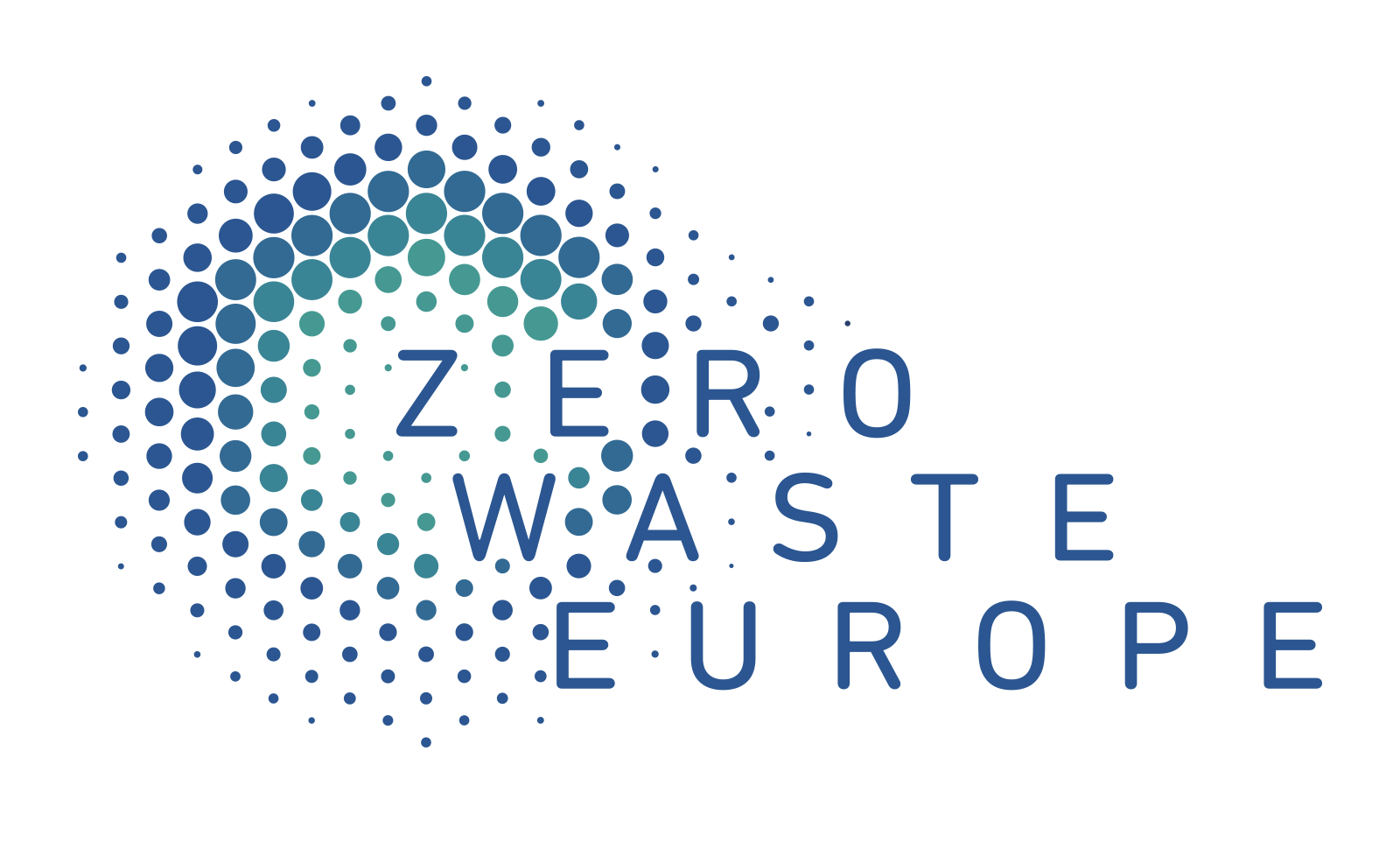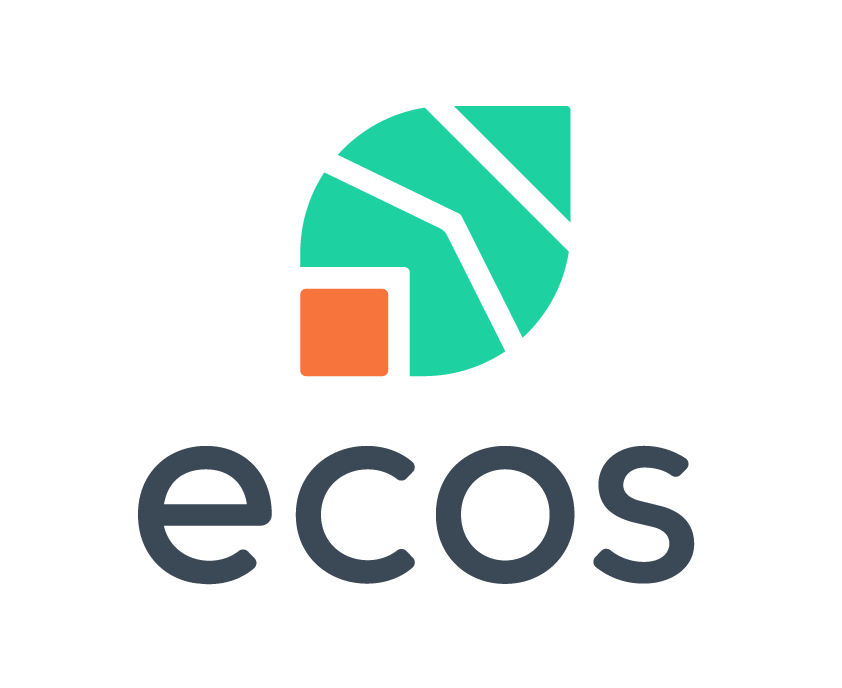Rethink Plastic alliance and 81 organisations are calling for well-designed reuse systems in the PPWR revision to reduce packaging waste
The Rethink Plastic alliance and a coalition of 79 organisations, consisting of civil society organisations and businesses, are advocating for the integration of well-designed reuse systems as a catalyst for preventing packaging waste in the revision of the PPWR.
Brussels, June 8, 2023
For immediate distribution
The Rethink Plastic alliance and a coalition of 81 organisations, consisting of civil society organisations and businesses, are advocating for the integration of well-designed reuse systems as a catalyst for preventing packaging waste in the revision of the PPWR. In an Open Letter we are calling for strong reuse measures in the Packaging and Packaging Waste Regulation (PPWR), specifically for our MEPs and Ministers to:
- Support the European Commission’s sectoral reuse targets, including for the takeaway sector;
- Critically assess evidence comparing reuse and single use packaging, challenge opaque methodologies and results, vested interests and unrealistic assumptions;
- Set economic incentives for reuse packaging systems (e.g: dedicated fund from Extended Producer Responsibility schemes).
Reusable Take-away Packaging – Seven Facts
The letter is accompanied by a Factsheet on 7 reasons why reusable take-away packaging is a sustainable alternative compared to single-use packaging. Im sum:
- Reusable take-away packaging is more climate-friendly than single-use packaging: The emissions associated with reusable packaging are spread out throughout its life-cycle according to the number of rotations it undergoes, but only to a certain break-even point (e.g: reusable plastic cups are more advantageous than all common single-use alternatives after only 10 cycles and for reusable meal boxes after 13-15 rotations on average).
- The cleaning of reusable take-away packaging uses less water than the production of single-use packaging: According to several independent researches, the water consumption of the production of single-use take-away packaging can be considered to be higher compared to the cleaning efforts for reusable packaging.
- Reusable take-away packaging gets recycled whereas the most common disposal scenario of single-use take-away packaging is incineration: The production and disposal scenarios of reusable packaging within reuse systems generally happen in a controlled environment since they operate within a system that includes an economic incentive to return the item. So when the packaging reaches its end of life it can be directly sent back to the system operator guaranteeing a safe and clean waste stream. By contrast, single-use takeaway packaging usually is disposed of in mixed waste bins either on the go or when consumed in-house, or littered in the environment.
- Support of bring-your-own packaging will not be sufficient to create a transition towards a circular packaging sector: ‘bring your own’ remains a concept for a niche of highly motivated consumers which does not sufficiently contribute to levelling the playing field between disposable and reusable packaging solutions, even if offered a discount, it is often not significant enough to incentive this practice. Therefore, ‘bring your own’ can be seen as a complementing measure to reuse quotas, but it is not sufficient to tackle the increase in single-use take-away packaging.
- Safe refilling of reusable packaging is possible in compliance with hygiene standards: The refill either for ‘bring your own’ or for reusable packaging in a reuse system can be well-implemented, taking hygiene standards into account. First of all, the food hygiene legislation (Regulation (EC) 852/2004) already regulates this practice as it covers all aspects of hygiene in all food businesses. Second, within reuse packaging systems the adequate infrastructure/logistics in place guarantees standards for hygiene throughout the whole process (distribution, take-back, washing and refilling of the packaging).
- Paper packaging exerts pressure on forests and is not always recyclable: In the EU, half of all paper produced is now used for packaging with three billion trees being cut down annually around the world to meet the demand for paper packaging. On top of this pressure on forests, paper packaging is often coated with other materials like plastic and aluminium, which not only creates more waste but also hampers recycling. In addition, these packaging is frequently contaminated by food, which makes recycling impossible, so they mostly end up in landfills or incinerated.
- Best Practices for the entire EU – Existing legislation and well-established reuse systems already in place in progressive Member States: Many Member States have already put in place in their national legislation specific measures supporting or mandating reusable packaging for the takeaway and horeca sector, including France, Portugal, Netherlands, Luxembourg and Germany. Also, many initiatives of reusable packaging for takeaway food and drinks already exist across Europe.
Expert voices from civil society and businesses
Quote from Larissa Copello, Reuse & Packaging Policy Officer at Zero Waste Europe:
‘There is proven evidence across the board on the benefits of reuse systems. Reuse systems are already well established in many EU countries, several of which are currently implementing further reuse measures. Also, in the past years we have seen more and more businesses moving towards a reuse model, establishing best practices and effectively reducing packaging waste at local and national level.
On the other hand, the evidence shows that the current EU packaging legislation has failed to address the issue of packaging waste, as recycling capabilities have proven to be insufficient to deal with the sheer amount of packaging waste. We don’t need more data or science to transition to reuse. Now we need action. What are EU politicians waiting for?’
Quote from Fernando Rodríguez-Mata Fernández, Director General New ERA (New European Reuse Alliance):
‘Business forerunners have been laying down the foundations of efficient, convenient and sustainable reuse systems across Europe over the last years, decades in the case of the beverages and the transport packaging sector.
Now, to unlock the potential environmental, economic and social impact of reuse systems, we need an ambitious EU policy establishing high reuse targets. This will push all stakeholders to reassess the status-quo and foster investments into truly closed loops business models that ultimately will benefit the planet, SMEs and communities.
Media contact
Larissa Copello, Reuse & Packaging Policy Officer at Zero Waste Europe. Phone: +32 472 56 53 98. E-Mail: [email protected]
Caroline Will, Rethink Plastic alliance Communications Coordinator.
Phone: +32456560705. E-Mail: [email protected]






